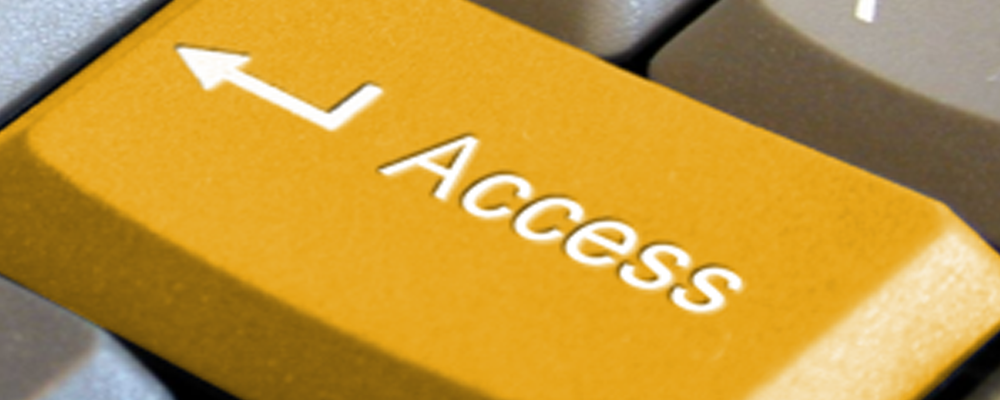
Digital technology tools have become indispensable for work, school, shopping, entertainment, and social interaction.
But for as many as a billion people with disabilities worldwide, websites, mobile apps, social media, e-commerce, and learning systems fall short. Even easy fixes to our most common tools often go ignored.
May 19 is Global Accessibility Awareness Day, an annual event that aims to get people talking, thinking, and learning about digital access and inclusion. University of Iowa IT accessibility experts have joined the cause, encouraging participation in training events and challenges that build awareness and point to solutions.
“Digital accessibility means everyone can use a tool, technology, or system with essentially equivalent independence, timeliness, ease of use, and effectiveness,” says T.M. Weissenberger, the university’s digital and IT accessibility coordinator.
Consider some of the challenges posed by tools many of us take for granted:
- Systems that require mousing or swiping don’t work for people with tremors or paralysis.
- Uncaptioned videos exclude people who are deaf or hard of hearing.
- Complex text and processes can be disorienting for people with cognitive or processing differences.
- Sudden animation can trigger symptoms in people prone to seizures.
Addressing issues like these doesn’t just help people with disabilities. It makes technology easier for everybody to use.
“Think about someone who’s watching a video on a bus or in any other setting where they can’t play the audio,” Weissenberger says. “Or consider the fact all of us are more likely to skim online text and benefit from clear, concise language.”
For colleges and universities—and other organizations committed to diversity, equity, and inclusion—digital accessibility is the right thing to do. It’s also the law: The Americans with Disabilities Act mandates that websites and other tools be accessible to people with disabilities.
Working with the university’s Office of Strategic Communication (OSC), Weissenberger and colleagues have introduced new accessibility tools for website administrators.
They’ve licensed SiteImprove—a system that checks websites for accessibility problems, broken links, and other issues—for campus-wide use. OSC also has introduced a suite of website templates fully tested for technical accessibility standards.
But accessibility isn’t just a concern for people who manage websites. It should be a priority for everyone who creates online videos, Microsoft Word or PDF documents, or other digital materials.
The Digital Accessibility@Iowa website offers policy info, testing resources, and accessibility guides for faculty and instructors, technology purchasers, personnel managers, and others.
“Anyone interested in sharing information with the larger world needs to consider all the ways people access that information,” Weissenberger says. “In many cases, a few simple steps can make information and resources much more accessible.”